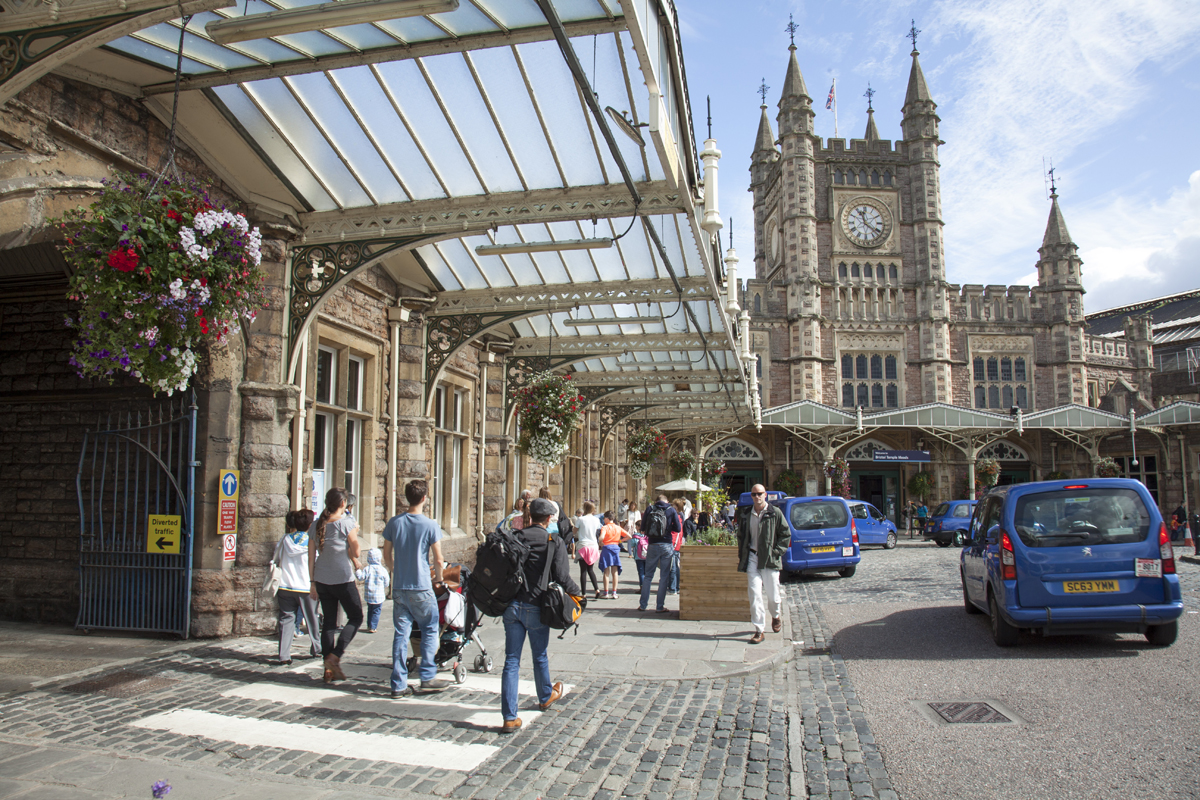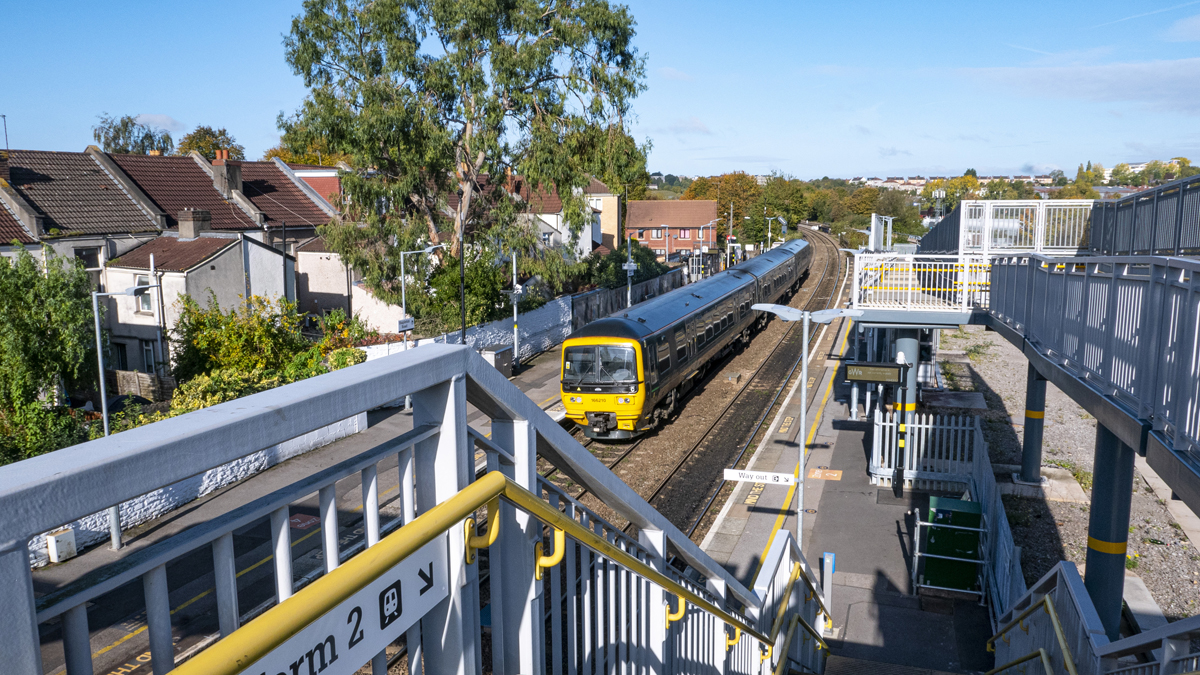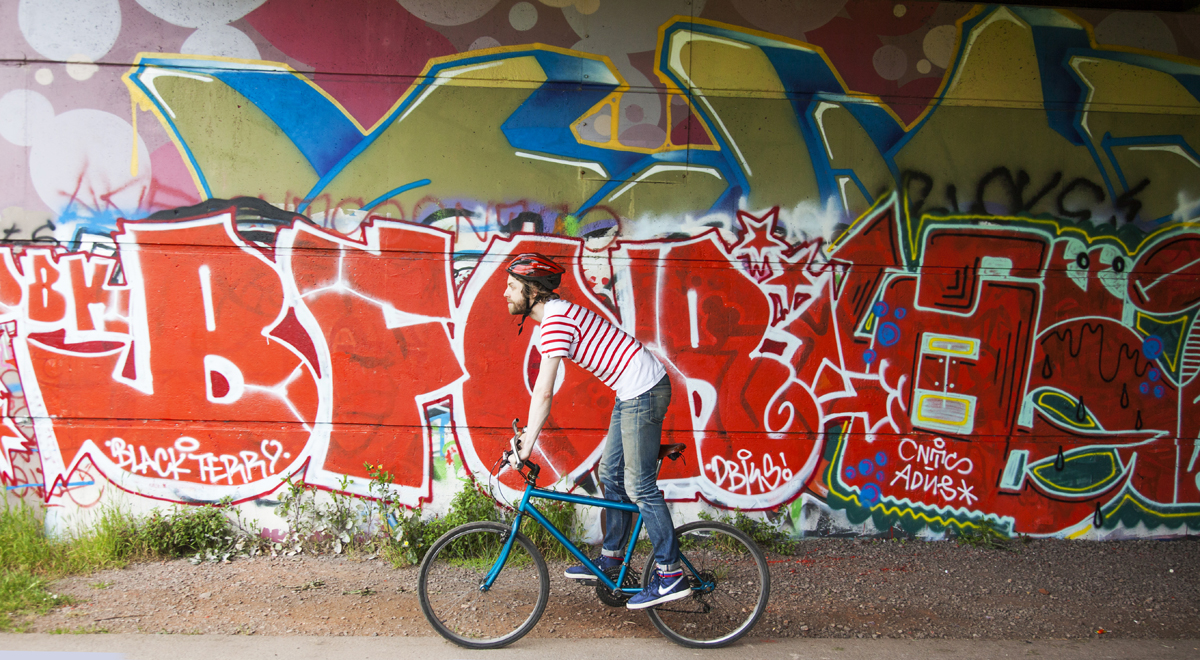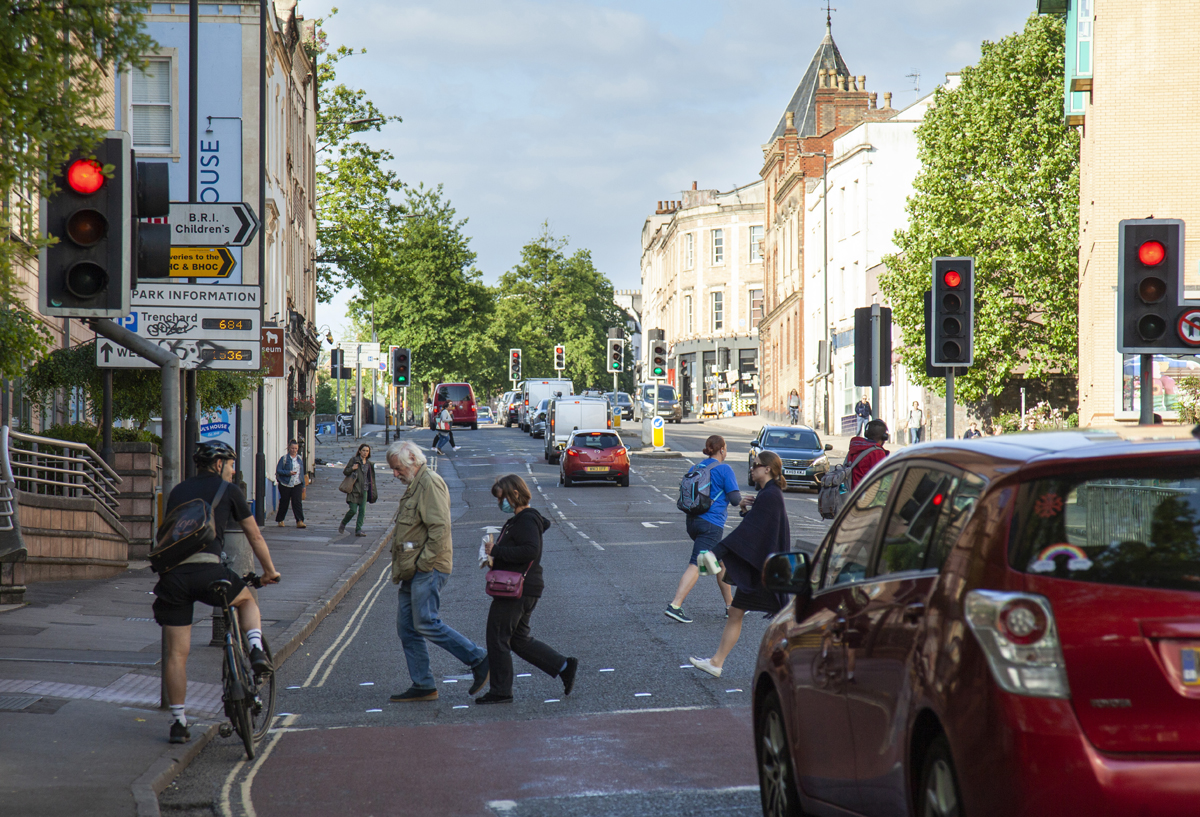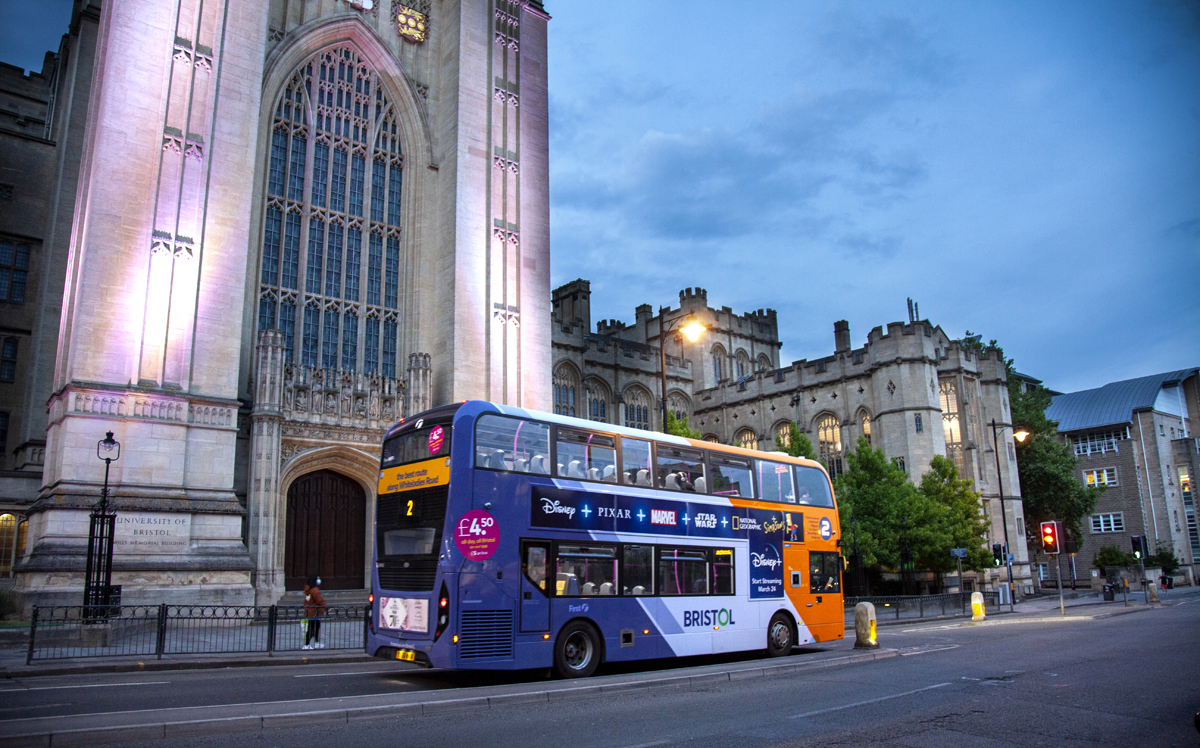Regional and local mass transit transport plan
For Bristol to be an attractive place to work, live and visit for everyone, it needs a transport network that supports the local economy, enhances the urban environment, and contributes to high-quality, people friendly places.
Building on the success of the three-cross boundary metrobus services, the city is working with its neighbouring local authorities and the West of England Combined Authority to improve the efficiency, capacity, and reliability of public transport services on key roads such as the A4, A37 and A4018. Extensive bus priority measures will pave the way for more frequent public transport options, with increased capacity, to make it the most convenient option for residents and visitors travelling along these routes.
In addition, funding is also being allocated to local railway stations. Portway Park and Ride Station opened in summer 2023, and it will be followed by Ashley Down Station in summer 2024. Improving the accessibility of existing stations is also underway, alongside the funding for improving service frequency.
Alignment
Our commitment to these broader plans drives two of our core Sustainable Development Goals:
- Accelerate infrastructure investment to create the conditions for equitable and sustainable growth. SDG: 9.1, 11.2
